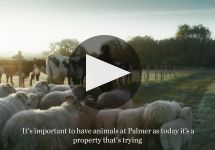Chateau Palmer 2008
-
Wine
Enthusiast -
Robert
Parker -
James
Suckling -
Wine
Spectator
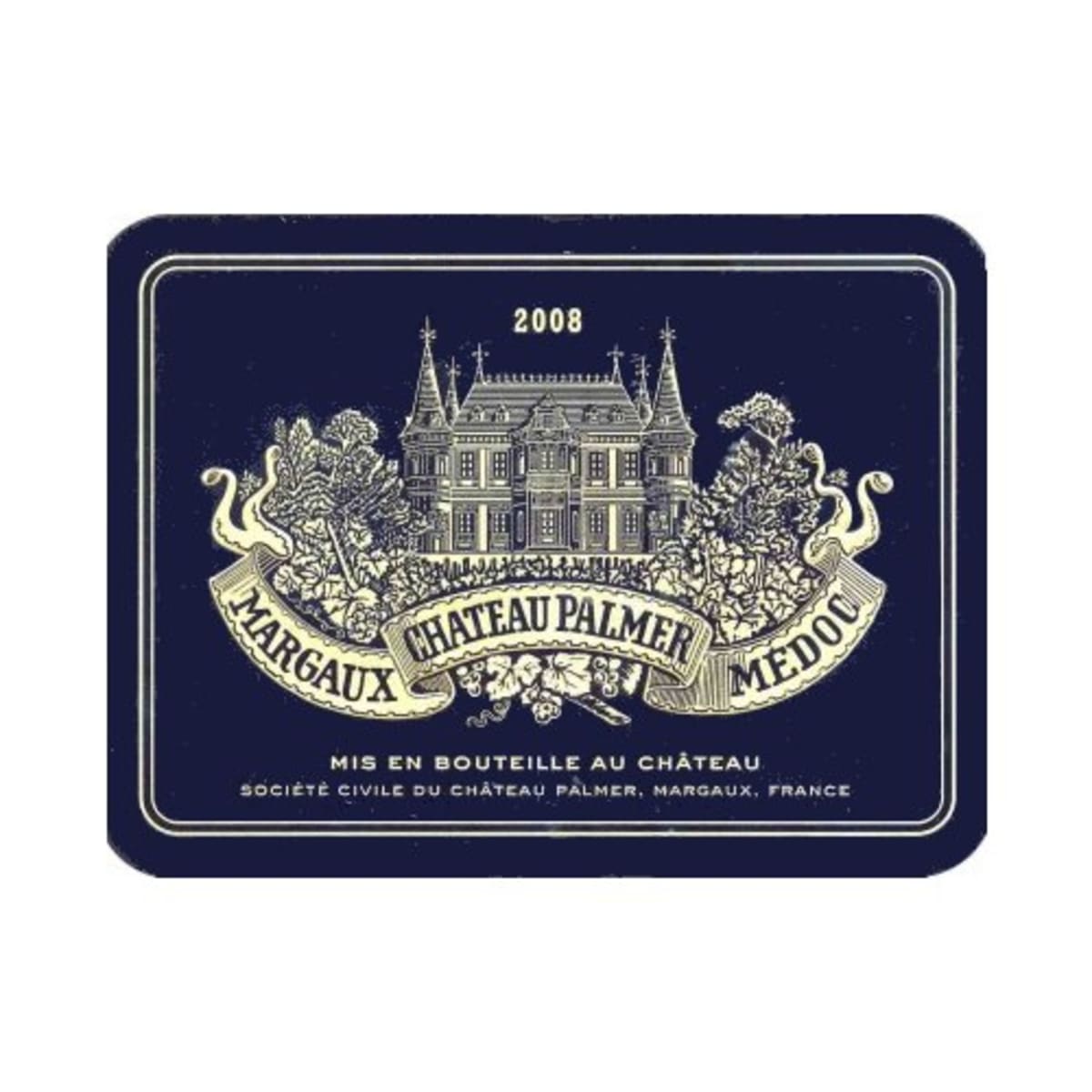

Product Details
Your Rating
Somm Note
Winemaker Notes
Professional Ratings
-
Wine Enthusiast
Rich and concentrated, touched easily by toasty wood. The tannins are so sweet, blending easily into the powerful texture of black berry fruits with, hints of licorice. This is a ripe wine, its acidity always present.
-
Robert Parker's Wine Advocate
A stunning success for the vintage, and possibly the Margaux of the year, this wine, which achieved 13.5% natural alcohol, is a blend of 51% Merlot, 41% Cabernet Sauvignon and 8% Petit Verdot. Loads of barbecue smoke, licorice, incense, blackberry, new saddle leather and forest floor notes jump from the glass of this dense, purple-colored wine. Extraordinarily intense and full-bodied, with plenty of tannin, but not the formidable structure of the 2010, this is going to be one of the longest-lived wines of 2008. It is full, rich, layered, and should be reasonably approachable with 3-4 years of bottle age, and will also keep for 30+ years.
-
James Suckling
Palmer knows what to do. Plenty of blackberry and licorice aromas and flavors follow through to full body, with chewy tannins and a vanilla, cedar and chocolate aftertaste. Needs time to mellow. Layered and beautiful. Best after 2012.
-
Wine Spectator
Offers dark plum, mulled currant and blackberry notes, with flashes of roasted apple wood and maduro tobacco, plus cocoa and espresso. There's nicely rounded flesh and a long, integrated finish that has some extra grip. Clearly apart from the Margaux pack in 2008.
Other Vintages
2024- Vinous
-
James
Suckling -
Robert
Parker
- Vinous
-
Jeb
Dunnuck - Decanter
-
James
Suckling -
Robert
Parker
-
James
Suckling -
Jeb
Dunnuck -
Wine
Spectator -
Robert
Parker - Decanter
-
Wine
Enthusiast - Decanter
-
Jeb
Dunnuck -
James
Suckling -
Robert
Parker -
Wine
Spectator
- Decanter
-
Wine
Enthusiast -
James
Suckling - Vinous
-
Jeb
Dunnuck -
Robert
Parker -
Wine
Spectator
-
James
Suckling - Vinous
- Decanter
-
Jeb
Dunnuck -
Robert
Parker -
Wine
Spectator
- Decanter
-
Jeb
Dunnuck -
Wine
Enthusiast -
Robert
Parker -
James
Suckling -
Wine
Spectator
-
James
Suckling -
Robert
Parker - Decanter
- Vinous
-
Wine
Spectator -
Wine
Enthusiast -
Jeb
Dunnuck
-
Wine
Enthusiast -
Jeb
Dunnuck -
Robert
Parker - Decanter
-
James
Suckling -
Wine
Spectator
-
James
Suckling -
Jeb
Dunnuck -
Wine
Enthusiast -
Robert
Parker -
Wine
Spectator - Decanter
-
Wine
Enthusiast -
Jeb
Dunnuck -
James
Suckling - Decanter
-
Wine
Spectator -
Robert
Parker
-
James
Suckling -
Jeb
Dunnuck -
Robert
Parker -
Wine
Enthusiast -
Wilfred
Wong -
Wine
Spectator
-
Wine
Enthusiast -
James
Suckling -
Robert
Parker -
Wine
Spectator
-
James
Suckling - Decanter
-
Wine
Enthusiast -
Robert
Parker -
Wine
Spectator
-
Jeb
Dunnuck -
Wine
Enthusiast -
James
Suckling -
Robert
Parker - Decanter
-
Wine
Spectator
-
Wine
Enthusiast -
Wine
Spectator -
Jeb
Dunnuck -
Robert
Parker -
Wine &
Spirits -
Wilfred
Wong
-
Robert
Parker -
Wine
Enthusiast -
Wine &
Spirits -
Wine
Spectator - Vinous
-
James
Suckling
-
Robert
Parker -
Wine
Enthusiast - Decanter
-
Wine
Spectator
-
James
Suckling -
Wine
Spectator
-
Robert
Parker
-
Wine
Spectator - Decanter
-
Robert
Parker
-
Robert
Parker
-
Robert
Parker -
Wine
Spectator -
James
Suckling
-
Robert
Parker -
Wine
Spectator
-
Wine
Spectator
-
Wine
Enthusiast
-
Wine
Spectator -
Robert
Parker
-
Robert
Parker -
Wine
Spectator
-
Robert
Parker -
Wine
Spectator
-
Wine
Spectator
-
Wine
Spectator
-
Wine
Spectator
-
Wine
Spectator
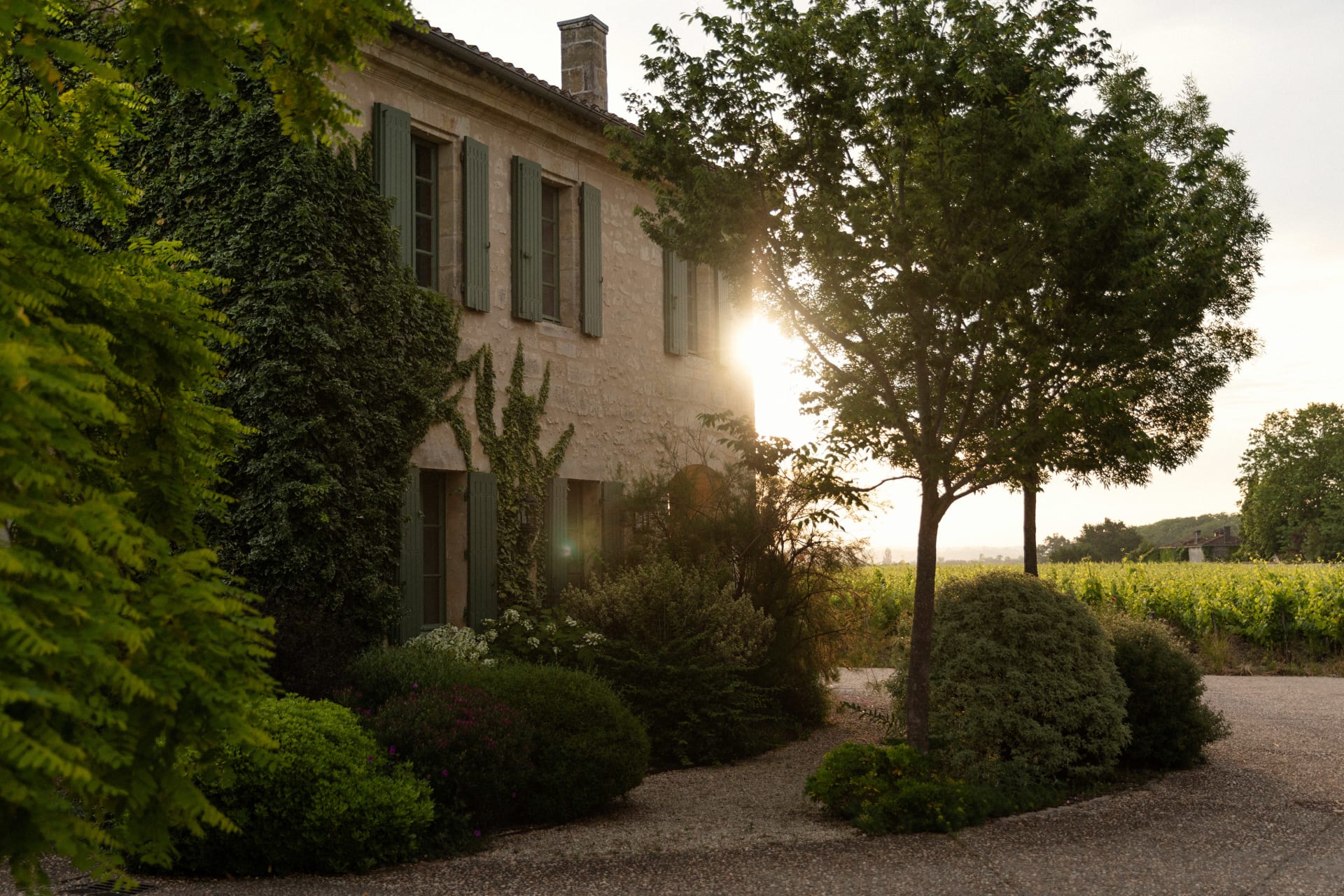

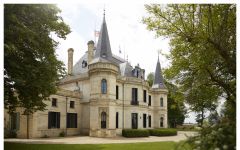


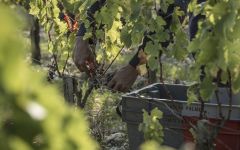

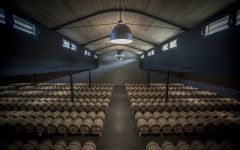
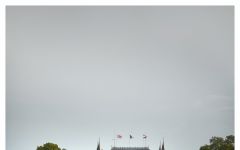
Château Palmer, A History of Passion and Perseverance
Among the mythic wines of the Margaux Appellation, Château Palmer has always stood apart, as instantly recognisable for its midnight blue label as for its inimitable bouquet, an uncommon blend of power and delicacy. It's a strength of character drawn from a fabled terroir, and from an ensemble of vibrant personalities who have forged the estate's identity through history.
Emerging in the 17th century, the estate only became Château Palmer in 1814, when it was acquired by Charles Palmer, a dashing British Major General who instilled his namesake with enough éclat and glamour to see it become renowned throughout London's aristocratic circles. In 1853, the Pereire brothers, among the preeminent financiers of Napoleon III's France, brought the rigour and vision needed for Château Palmer to be ranked among the most prestigious classified growths of the 1855 classification. In 1938, a consortium of four leading families in the Bordeaux wine trade acquired the estate, heralding an era of momentous vintages and deep-rooted stability – indeed, Palmer is still owned by the descendants of two of these families.
Today, the men and women leading Château Palmer into the 21st century are rhyming tradition with innovation in their passionate pursuit to capture the subtleties of one of the world's most legendary terroirs. Palmer's eminently complex wines, combining aromatic richness and extraordinary elegance with a beguiling velvet texture and remarkable ageing potential, are reflections of those spirited efforts and all that distinguishes this 66 ha estate. A veritable mosaic of soils, a unique vineyard planting of equal parts Merlot and Cabernet Sauvignon subtly enriched with Petit Verdot, and pioneering farming techniques that respect nature's exquisite equilibrium, together make these wines transcendent expressions of the Margaux appellation.
In 2004, the shareholders placed Thomas Duroux, a thirty-four-year-old agronomist and oenologist, at the head of Château Palmer. In 2007, Sabrina Pernet was named the château's technical director.
The estate has been certified organic and biodynamic agriculture (Demeter certification) since the 2018 vintage.

One of the world’s most classic and popular styles of red wine, Bordeaux-inspired blends have spread from their homeland in France to nearly every corner of the New World. Typically based on either Cabernet Sauvignon or Merlot and supported by Cabernet Franc, Malbec and Petit Verdot, the best of these are densely hued, fragrant, full of fruit and boast a structure that begs for cellar time. Somm Secret—Blends from Bordeaux are generally earthier compared to those from the New World, which tend to be fruit-dominant.

Silky, seductive and polished are the words that characterize the best wines from Margaux, the most inland appellation of the Médoc on the Left Bank of Bordeaux.
Margaux’s gravel soils are the thinnest of the Médoc, making them most penetrable by vine roots—some reaching down over 23 feet for water. The best sites are said to be on gentle outcrops, or croupes, where more gravel facilitates good drainage.
The Left Bank of Bordeaux subscribes to an arguably outdated method of classification but it is nonetheless important in regards to history of the area. In 1855 the finest chateaux were deemed on the basis of reputation and trading price—at that time. In 1855, Chateau Margaux achieved first growth status, yet it has been Chateau Palmer (officially third growth from the 1855 classification) that has consistently outperformed others throughout the 20th century.
Chateau Margaux in top vintages is capable of producing red Cabernet Sauvignon based wines described as pure, intense, spell-binding, refined and profound with flavors and aromas of black currant, violets, roses, orange peel, black tea and incense.
Other top producers worthy of noting include Chateau Rauzan-Ségla, Lascombes, Brane-Cantenac, and d’Issan, among others.
The best wines of Margaux combine a deep ruby color with a polished structure, concentration and an unrivaled elegance.
